If you’re reading this, you’re likely experiencing frustration with your current ELD system. Perhaps you’re dealing with frequent connectivity failures that complicate roadside inspections. You might be struggling with an overly complex interface that wastes valuable time during your workday. Or you may have discovered that customer support is unavailable during critical moments — whether that’s a Sunday evening equipment issue or an early morning malfunction alert.
You’re not alone. Thousands of Canadian truckers are discovering significant performance gaps between different electronic logging device providers, and many find themselves locked into contracts with systems that fail to meet their operational needs. The positive development is that the elog market has matured considerably, offering more reliable and user-friendly options than ever before.
This guide will walk you through everything you need to know about Transport Canada electronic logs, help you identify shortcomings in your current setup, and show you how to find a solution that genuinely supports your business needs. Whether you’re switching providers or purchasing your first electronic logbook, you’ll learn how to avoid common mistakes and select technology that simplifies compliance rather than complicating it.
Do you have any questions? Talk to ELD Advisor: 650-405-3372 or Request Callback
Understanding Transport Canada Electronic Logs Requirements
Transport Canada–certified electronic logs are digital systems that automatically record driving time and hours of service (HOS) records. This is federal law for federally regulated carriers in Canada, and violations can lead to serious penalties and even being placed out of service.
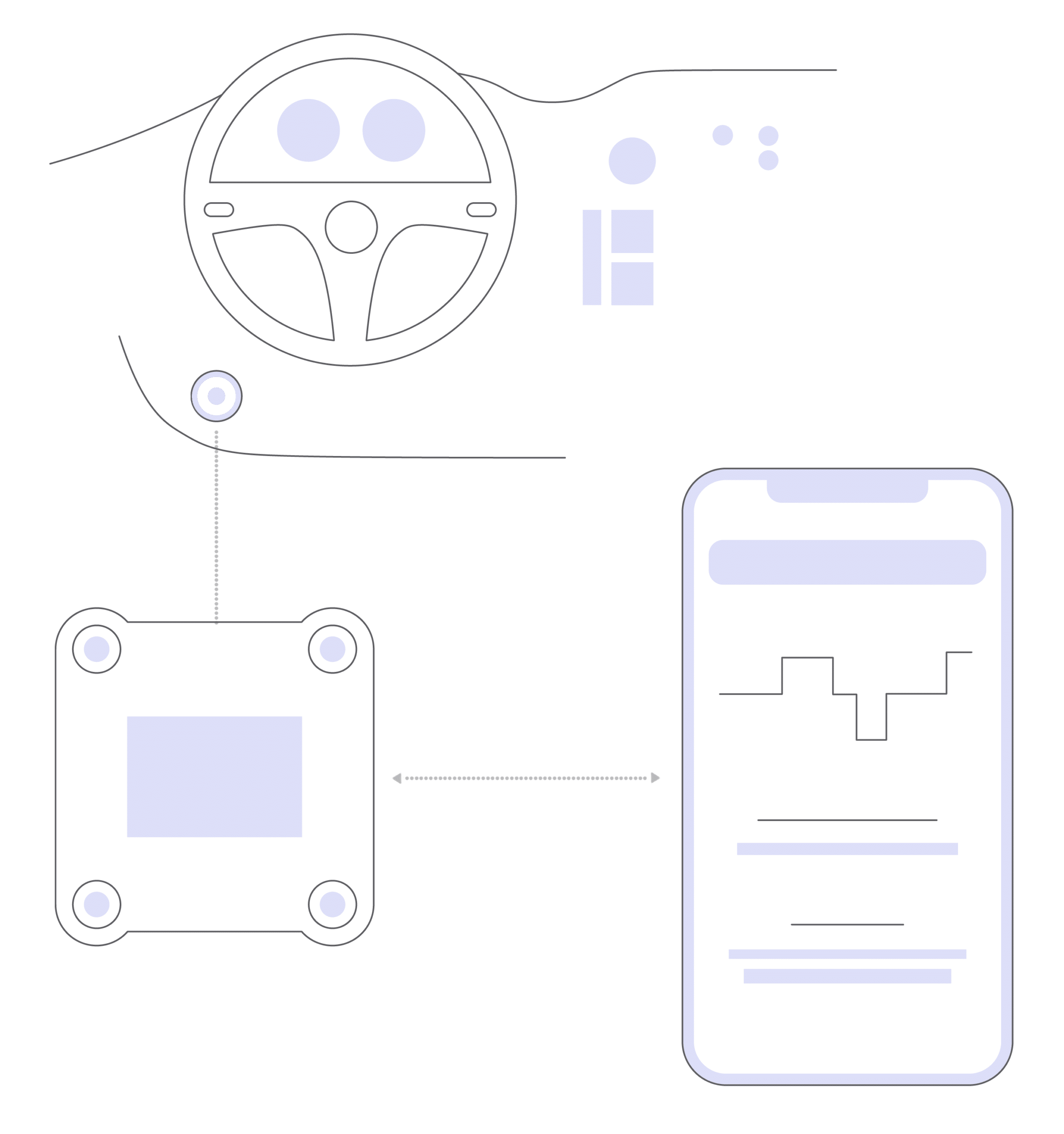
What Your ELD Must Do
Your electronic logging device connects to your truck’s engine. It automatically records driving time, engine hours, vehicle distance, and location information. These four data points form the foundation of your hours of service records.
The device tracks your duty status throughout the day. It knows when you’re driving, on-duty but not driving, off-duty, or in the sleeper berth. You don’t manually enter this information — the ELD captures it automatically when your truck moves.
Technical Standards Every ELD Must Meet
First, every compliant device must appear on Transport Canada’s list of certified ELDs. This is a mandatory requirement: only devices that have been third-party tested and certified by an accredited certification body can legally be used by federally regulated carriers.
Here are the core technical requirements outlined in the Canadian ELD Technical Standard (SOR/2021-150):
- Data transfer. Your logbook must be able to display or transfer logs to a roadside officer electronically, typically via Bluetooth, email, or direct display on the driver’s device.
- Tamper protection. The system must automatically record and flag any attempts to edit or delete data, keeping a permanent record of all edits.
- Display requirements. Your daily log must include a graph grid similar to traditional paper logs. Enforcement officers are trained to review logs in this format.
- Data storage. The ELD must retain your current day’s log plus the previous 14 days (not seven, as in the U.S.) so all 15 days of data are available during an inspection.
- Alert system. The device must warn you before a potential HOS violation occurs, giving you time to stop or take a required rest period before exceeding your limits.
Important Connectivity Considerations
In Canada, your ELD must maintain continuous and secure data transfer regardless of where you operate. Many carriers travel through rural or cross-border areas with limited cellular coverage, so choosing an ELD that works on 4G, 5G, Wi-Fi, or satellite networks is crucial. While 3G network shutdowns have affected older ELDs in both the U.S. and Canada, Transport Canada does not grant exemptions for devices that fail to transmit data due to outdated connectivity. If your ELD can’t send or display logs properly, it’s considered non-compliant.
Key Compliance Areas to Monitor
Staying informed about Transport Canada’s ELD rules can mean the difference between a smooth roadside inspection and costly downtime. Here are the compliance areas where drivers most often run into trouble.
Malfunction Reporting
If your ELD malfunctions, you must record the issue, notify your carrier within 24 hours, and keep paper logs until the device is repaired. Drivers can use paper logs for up to 14 days (or until they return to their home terminal, whichever comes first).
Special Driving Categories
There are two special status categories allowed in Canada:
- Yard moves. Moving trucks within private property can be logged as yard moves, which count as on-duty not driving. The movement must take place entirely on private property.
- Personal use (personal conveyance). You may use your commercial vehicle for personal reasons while off-duty, such as driving to a restaurant, hotel, or home terminal. However, this cannot be used to advance a load, reposition equipment for business, or extend available hours.
Both categories are closely monitored during inspections, and misuse can result in violations. Enforcement officers look for signs that these statuses are being used to bypass HOS limits.
The Cost of Non-Compliance
ELD violations in Canada can lead to fines that vary by province but typically range from $300 to over $2,000 per offense, and repeated violations can result in being placed out of service. Non-compliance can also impact your Carrier Safety Rating, affecting your ability to secure contracts and maintain insurance.
Beyond Basic Compliance
Meeting minimum requirements keeps you legal — but the right ELD does more than that. Good systems handle all these technical details automatically, stay updated with Transport Canada guidance, and maintain reliable connectivity even in remote areas.
The best electronic logbooks make compliance effortless. They deliver timely alerts, intuitive interfaces, and stable performance that make inspections faster and easier, helping you stay focused on the road and your business.

Who Must Use Electronic Logs in Canada?
Not every commercial driver needs elogs, but most federally regulated carriers do. The requirements depend on your type of operation, your vehicle, and whether you operate under federal or provincial jurisdiction. Understanding where you fit helps you stay compliant and avoid purchasing equipment you don’t actually need.
Federally Regulated Carriers
If you operate interprovincially — meaning you cross provincial or territorial borders — or transport goods that are part of international or interprovincial trade, you fall under federal jurisdiction and must use a Transport Canada–certified ELD.
This applies to:
- Vehicles with a gross vehicle weight rating (GVWR) of 11,794 kg (26,001 lb) or more,
- Vehicles designed to transport 10 or more passengers (including the driver) for compensation, or
- Vehicles transporting dangerous goods that require placards under the Transportation of Dangerous Goods Regulations.
If you’re required to keep Records of Duty Status (RODS) under the federal Hours of Service (SOR/2005-313) rules, you must use an ELD — unless you qualify for one of the specific exemptions, which we will discuss in the next section.
Provincially Regulated Carriers
If you operate entirely within a single province and your operations are not part of interprovincial trade, you fall under provincial jurisdiction. In this case, ELD requirements depend on your province or territory.
Several provinces, including Ontario, Quebec, Alberta, and British Columbia, have either adopted the federal ELD standard or are in the process of implementing equivalent rules for provincially regulated carriers. Others may still allow paper logs or alternative systems.
Because provincial enforcement timelines differ, it’s essential to check with your provincial transportation authority (for example, the Ontario Ministry of Transportation or Société de l’assurance automobile du Québec) for the most current requirements.
Passenger Carriers
Commercial bus operators are also required to use certified ELDs if they fall under federal jurisdiction. This includes companies operating interprovincial or international routes, such as motor coaches, charter services, and some shuttle operations.
Drivers of school buses or local transit vehicles that operate exclusively within one province are usually regulated provincially and may be exempt depending on the province’s ELD adoption status and the nature of the operation.
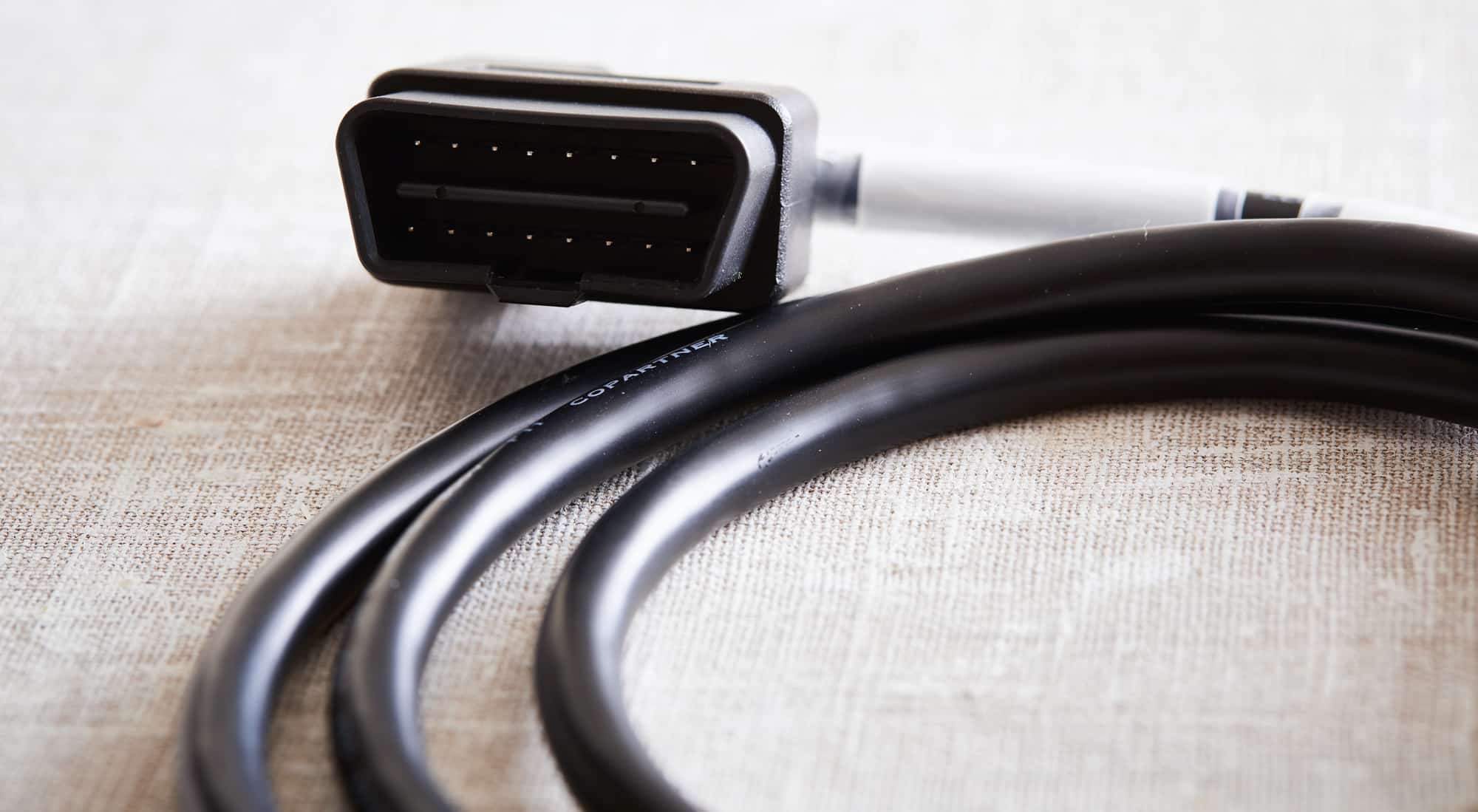
ELD Exemptions: Are You Required to Use One?
Several exemptions exist under the Canadian ELD rules. If you qualify for one, you may continue using paper logs or time records instead of an electronic logging device (ELD). But claiming an exemption when you don’t qualify can lead to violations.
Short-Haul Exemption
Drivers who meet the short-haul exemption under the federal Hours of Service rules are not required to use an ELD. To qualify, you must:
- Start and end your work shift at the same location,
- Operate within a 160-kilometre radius (about 100 miles) of that location, and
- Return to your home terminal within 14 hours of coming on duty.
Your carrier must maintain accurate daily time records showing your start time, end time, and total hours worked. If you go beyond the 160-kilometre radius or exceed the time limits, you must switch to paper logs or use an ELD for that day.
This exemption works well for local and regional operators, such as delivery fleets, construction haulers, and utility service trucks, where drivers return to base daily.
Pre-2000 Engine Exemption
Vehicles with engines manufactured before model year 2000 are exempt from the ELD requirement. These engines typically lack the electronic control modules (ECMs) needed for an ELD to function. The exemption is based on the engine’s model year, not the truck’s model year — so a newer truck with a pre-2000 engine would still qualify.
Drivers must keep documentation verifying the engine’s model year, such as manufacturer specs or registration papers, and present them during inspections if requested.
Short-Term Rental Exemption
Drivers operating rental vehicles for 30 days or less are exempt from the ELD mandate. This exemption is intended for temporary operations, such as when a vehicle is being repaired or replaced. The rental agreement must clearly show the start and end dates, and drivers must keep accurate paper logs during this period.
This exemption does not apply to long-term leases or lease-purchase agreements. Once the 30-day limit is exceeded, the vehicle must be equipped with a certified ELD.
Statutory / Section 16 Exemptions
Under Section 16 of the Motor Vehicle Transport Act, certain sectors or operations may be granted exemptions allowing them to use paper logs instead of ELDs. Examples include:
- Driveaway-Towaway operations, where the vehicle driven is the commodity transported.
- The motion picture industry under certain conditions.
- Operations under special permits or other regulatory exemptions.
Documenting Your Exemption
To claim any exemption, carriers and drivers must maintain proper documentation (e.g. rental agreements, engine documentation, permit or exemption certificates). During inspections, you must show that your operation qualifies.
Many carriers choose to use certified ELDs even when exempt, because electronic logging simplifies compliance and inspection readiness.
Common ELD Problems Truckers Face
After years of elog implementation, certain problems appear repeatedly across different systems and carriers. Understanding these issues helps you identify whether your current frustrations are fixable or if it’s time to switch providers.
Connectivity and Network Issues
Many older ELDs still struggle with connectivity in remote Canadian regions, where cellular coverage remains inconsistent across provinces and territories. Your device might work perfectly along major corridors like the 401 or Trans-Canada Highway, but fail in northern or rural routes where you actually need to log hours. Some systems lack proper offline capability, meaning no connection equals no logging, forcing you to reconstruct logs later.
Network transitions continue causing problems. When your device switches between towers or network types, it might freeze or require restart. These interruptions during driving create gaps in your logs that require manual correction and explanations during roadside inspections by Transport Canada–mandated officers.
Interface and Usability Problems
Many ELDs seem designed by people who’ve never driven a truck. Menus require multiple taps to reach basic functions. Text is too small to read while parked safely. The system asks for unnecessary confirmations that waste time during pre-trip inspections.
Training new drivers becomes a multi-day process instead of a quick orientation. Each update changes the interface, forcing you to relearn navigation. Simple tasks like changing duty status or adding remarks require complex sequences that don’t make logical sense.
Customer Support Failures
Problems always happen at the worst times — during inspections, at weigh scales, or when you’re already running late. Yet many ELD companies offer support only during business hours, Monday through Friday. Weekend and evening issues mean you’re on your own until someone returns to the office.
When you do reach support, representatives often lack technical knowledge or commercial driving experience. They read from scripts instead of understanding your actual problem. Resolution takes days or weeks, leaving you with malfunction notices and paper logs in the meantime.
Hidden Costs and Contract Traps
The advertised price rarely reflects your actual costs. Monthly fees increase after introductory periods. Hardware replacements cost hundreds despite “warranty” coverage. Integration with other systems requires expensive add-ons. Leaving means early termination fees, even when service is poor.
Some providers lock you into multi-year contracts with automatic renewals. Missing a narrow cancellation window means another year of fees. They charge for features that should be standard.
Integration and Compatibility Issues
Your ELD might not communicate with dispatch software, forcing double entry of information. It won’t sync with your fuel card program or maintenance tracking. Each system requires separate logins and passwords, complicating your daily workflow.
Updates to your phone’s operating system break the app. The device works with Android but not iPhone, or vice versa. Switching phones means losing historical data or paying transfer fees.
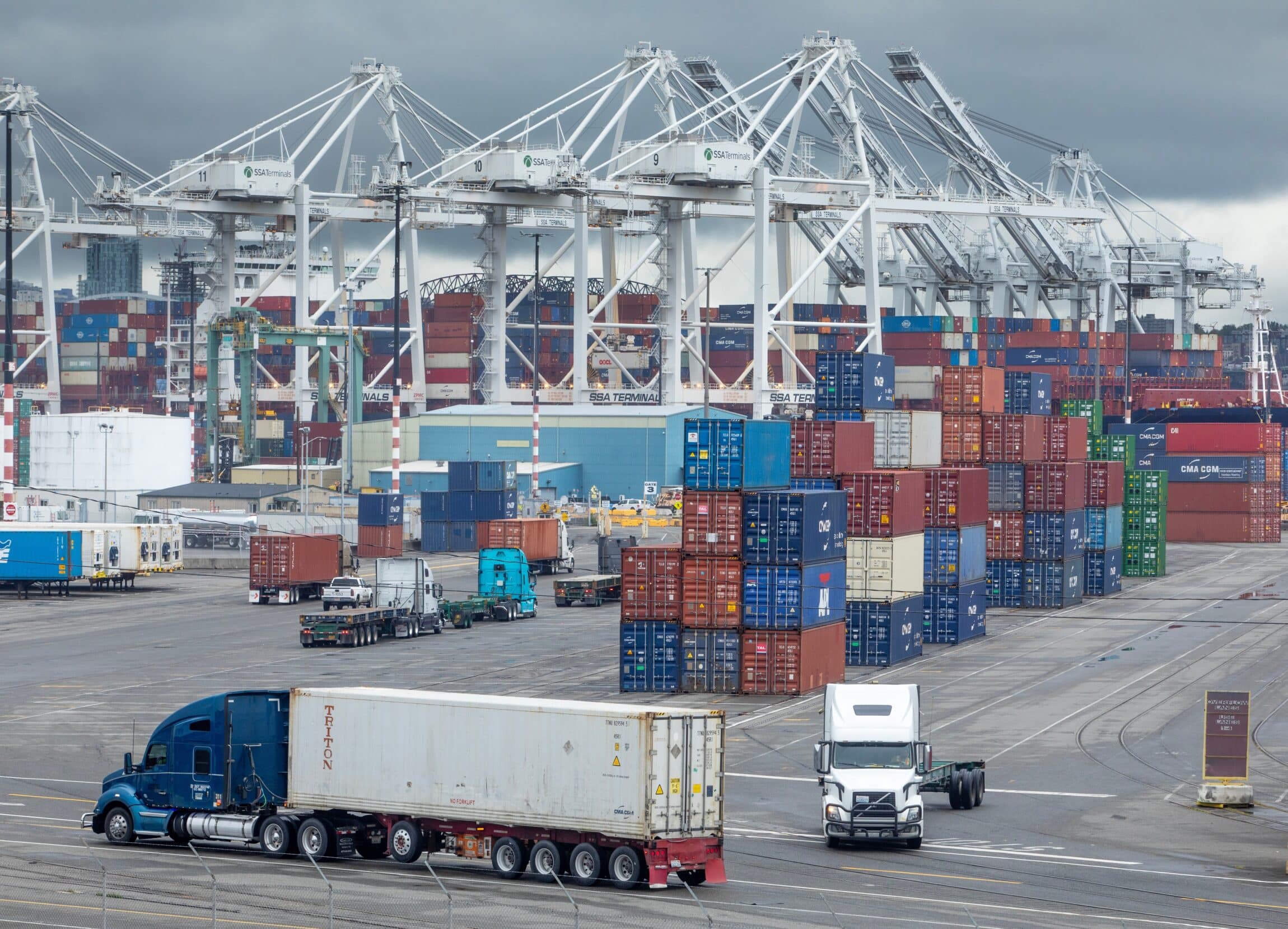
How to Choose the Right Certified ELD System
Selecting an ELD requires careful evaluation beyond just price and basic compliance. The right choice depends on your specific operation, routes, and technical comfort level.
Verify Transport Canada Certification
Start with Transport Canada’s list of certified ELD devices. Any legitimate electronic logging device in Canada must appear on this official list with its certification number and the name of the third-party certification body. Verify that the certification is current — devices can lose approval if they fail to meet technical standards or if the provider goes out of business. Check the certification date, as newer approvals often reflect better compliance with the latest Technical Standard.
Don’t trust sales representatives who claim “pending certification” or “temporary approval.” In Canada, there are no grandfathered or self-certified devices — if it’s not on Transport Canada’s official list, it’s not compliant. Period.
Essential Features to Evaluate
After verifying Transport Canada certification, review the features offered by the provider to ensure the elog system fits your operation. Some key ones include:
- Quick duty status changes. Look for systems that let you change status with one or two taps maximum. The best logbooks remember common locations and automatically suggest the right status — like Off Duty when you arrive at your home terminal or Sleeper Berth at your usual rest stop.
- Smart violation alerts. Your ELD should warn you well before any violation, not just when you’re about to exceed your driving limits. Quality systems calculate your remaining hours based on your cycle and recent resets, helping you plan safe stops before running out of time.
- Automatic DVIR creation. The system should generate your Driver Vehicle Inspection Report with minimal input. It should remember your truck and trailer numbers, carry forward previous defects, and let you complete inspections quickly with saved responses for common items.
- Easy inspection mode. During roadside inspections by Transport Canada or provincial enforcement officers, you need to transfer logs fast. The best systems have a dedicated inspection mode that displays everything officers need on one screen and transfers data via email or web services as required by Canadian regulations.
- Offline functionality. Your ELD must continue recording when you lose cell signal — especially important on remote northern or transprovincial routes. It should store several days of logs locally and automatically sync when connection returns. You shouldn’t even notice when it switches between online and offline modes.
- Edit and annotation tools. Mistakes happen, and you need to fix them easily. Look for systems that let you add notes to explain stops, manage past statuses with proper documentation, and request or approve edit suggestions between drivers and administrators while maintaining full compliance records.
Red Flags to Avoid
Watch for providers requiring multi-year contracts without trial periods. Avoid companies with numerous complaints about service or billing. Be skeptical of “too good to be true” pricing that hides fees or offers minimal support. Finally, steer clear of systems that rely on proprietary tablets for drivers to access the app.
The Value of Trial Periods
Reputable providers offer trial periods because they’re confident in their product. Use this time to test everything — logging, inspection transfers, support response time, and integration with your workflow. Run the system through your typical routes and conditions, including cross-border or long-haul trips if applicable.
Have multiple drivers test the system if you manage a fleet. What works for one driver might frustrate another. Gather feedback about usability, reliability, and any issues encountered during the trial.
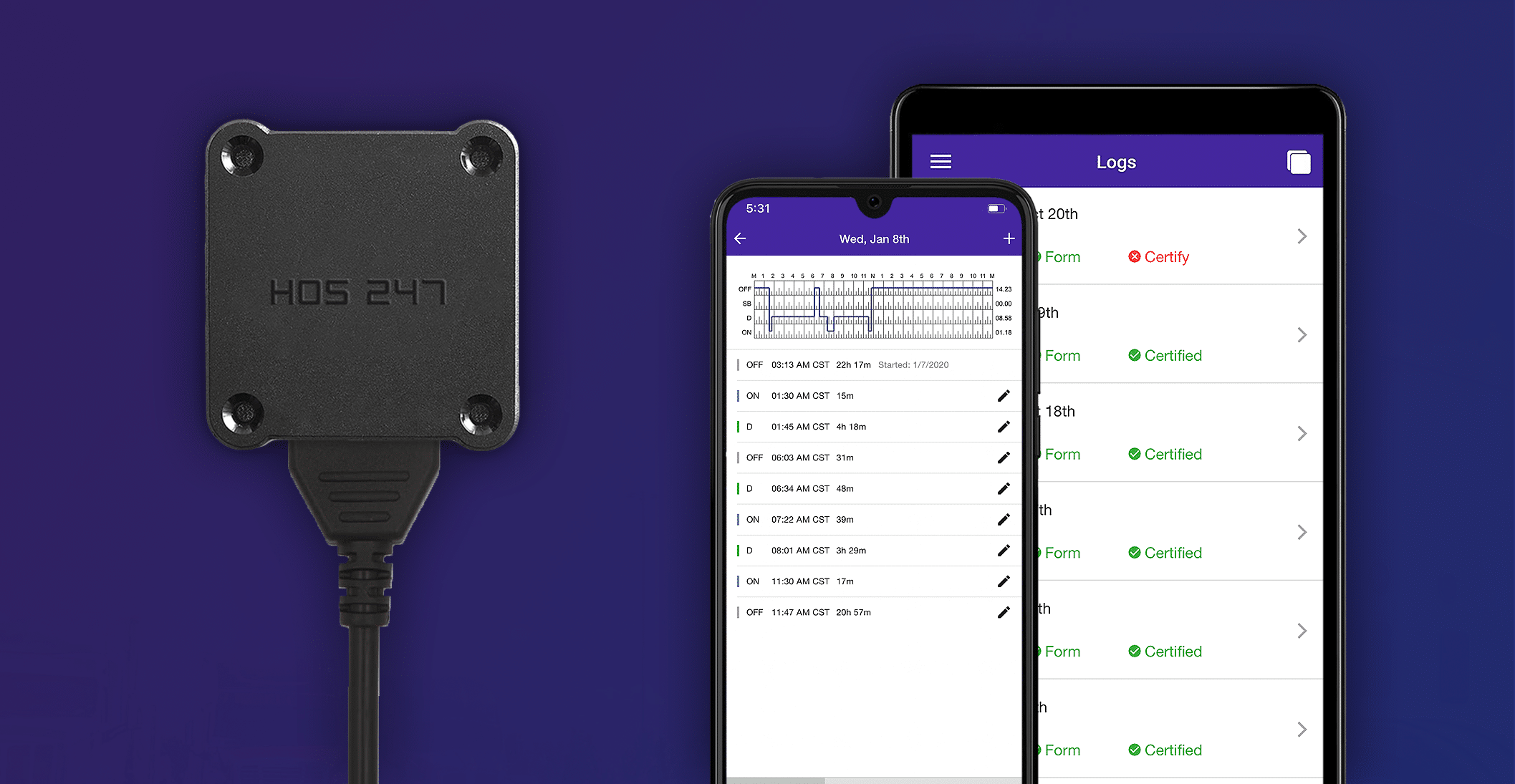
HOS247 ELD: A Solution Built for Truckers
We developed our ELD system by listening to actual drivers’ needs and frustrations. The result addresses the common problems that make other systems difficult to use for drivers and managers. Benefits that set HOS247 apart include:
- Multilingual support. Customer service is available in English, Spanish, Polish, and Russian, seven days a week. Our technical support staff understand trucking and are ready to help with any issue you face on the road Monday through Sunday.
- No-contract flexibility. Pay yearly or monthly without committing in the long-term. This means you’re never trapped in a bad situation. If you’re unhappy with the service, you can leave without penalties or fees.
- Two-week trial period. Test the system thoroughly before committing any money. The trial includes full functionality, not a limited demo version that hides problems.
- User-friendly interface. The system was designed by truckers who understand what drivers actually need. Common functions require minimal taps, and the display remains readable in all lighting conditions.
- One-year hardware warranty. Your hardware investment is protected against defects and failures for a full year; we are that confident in the quality of our devices.
- Competitive pricing. ELD monthly rates include all standard features without extra charges for basic logbook functionality. GPS fleet tracking and IFTA calculations packages are also available.
- Cross-device compatibility. Our system works equally well on Android and iPhone devices. Your logs, settings, and preferences follow your login, not your device.
The combination of these features — from multilingual support to no-contract flexibility — means you can try HOS247 without risk. If it works for your operation, you’ve found a reliable partner that understands trucking. If not, you can leave without penalties. That confidence in our product says more than any sales pitch could.
Best Practices for ELD Compliance
Staying compliant requires more than just having an electronic DOT log. Your daily habits determine whether inspections go smoothly or result in violations.
Daily Log Review and Certification
Review logs each evening to verify duty status changes and locations recorded correctly. Certify every 24 hours — accumulated uncertified days trigger scrutiny during inspections and can result in violations even if your logs are otherwise perfect. Verify your total on-duty hours under the correct cycle (Cycle 1 or 2) to ensure you don’t exceed legal limits.
Handling Roadside Inspections
Switch to inspection mode before the officer arrives. Be ready to transfer your logs electronically via email or display them on the device, depending on what the officer requests. Keep paper copies of your current day and the previous 14 days, plus any malfunction notices.
Managing Unassigned Driving Time
Assign unassigned driving events daily with clear explanations. Don’t let them accumulate — officers view multiple unassigned segments as potential falsification. Each event needs documentation about why it occurred and who was driving. Unassigned driving time must be reconciled within 14 days or before the next trip, whichever comes first.
Required Documentation
Keep your user manual, malfunction instructions, blank daily logs (at least 15), and a supply of supporting documents such as fuel and toll receipts. Ensure your ELD compliance certificate (issued by a Transport Canada–approved provider) is available in the cab.
Training for New Users
Master status changes first, then special categories like yard moves. Practice inspection transfers before you need them. Know malfunction procedures and when paper logs become required. Regular practice prevents costly mistakes during actual events. Familiarize yourself with Canada’s North of 60 exemption rules (for operations in remote territories) and special driving categories, which may differ from U.S. regulations.
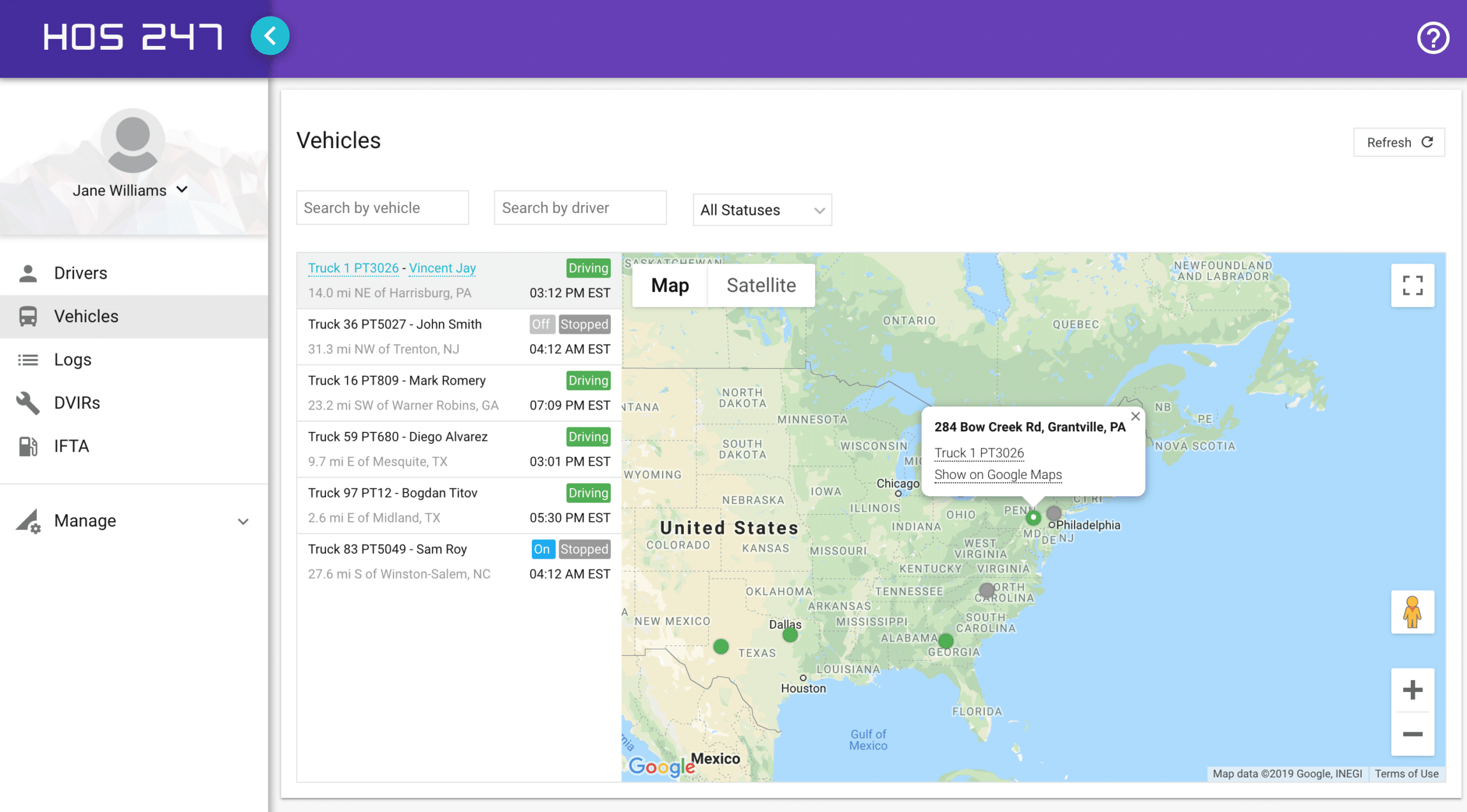
The Future of Electronic Logging
Technology continues evolving beyond basic hours tracking, with changes that will reshape compliance and operations.
Integration with Autonomous Features
As trucks gain autonomous capabilities, elogs will track whether you’re actively driving or supervising automation. This affects how hours accumulate and when breaks satisfy requirements. Advanced driver assistance systems already communicate with some ELDs, recording safety events that could affect insurance rates and CSA scores.
Enhanced Safety Features
Next-generation ELDs will predict fatigue based on driving patterns, not just hours. Camera integration will provide video evidence for disputed violations. Real-time coaching will alert drivers to unsafe patterns before they become habits, like following too closely or harsh braking.
AI-Powered Compliance
Artificial intelligence will automatically detect and correct common logging errors. Smart systems will predict when you’ll run out of hours based on traffic and suggest available parking. They’ll flag unusual patterns that might trigger inspection scrutiny before you hit the road.
Predictive Maintenance Integration
Future ELDs will monitor engine diagnostics and predict maintenance needs during mandatory breaks. The system will track component hours separately, alerting you before brake adjusters need attention or oil changes come due. This proactive approach prevents equipment violations during inspections.
These advances promise easier compliance and safer operations. While technology grows more complex, the goal remains simple — keeping drivers legal and safe while reducing the burden of documentation.
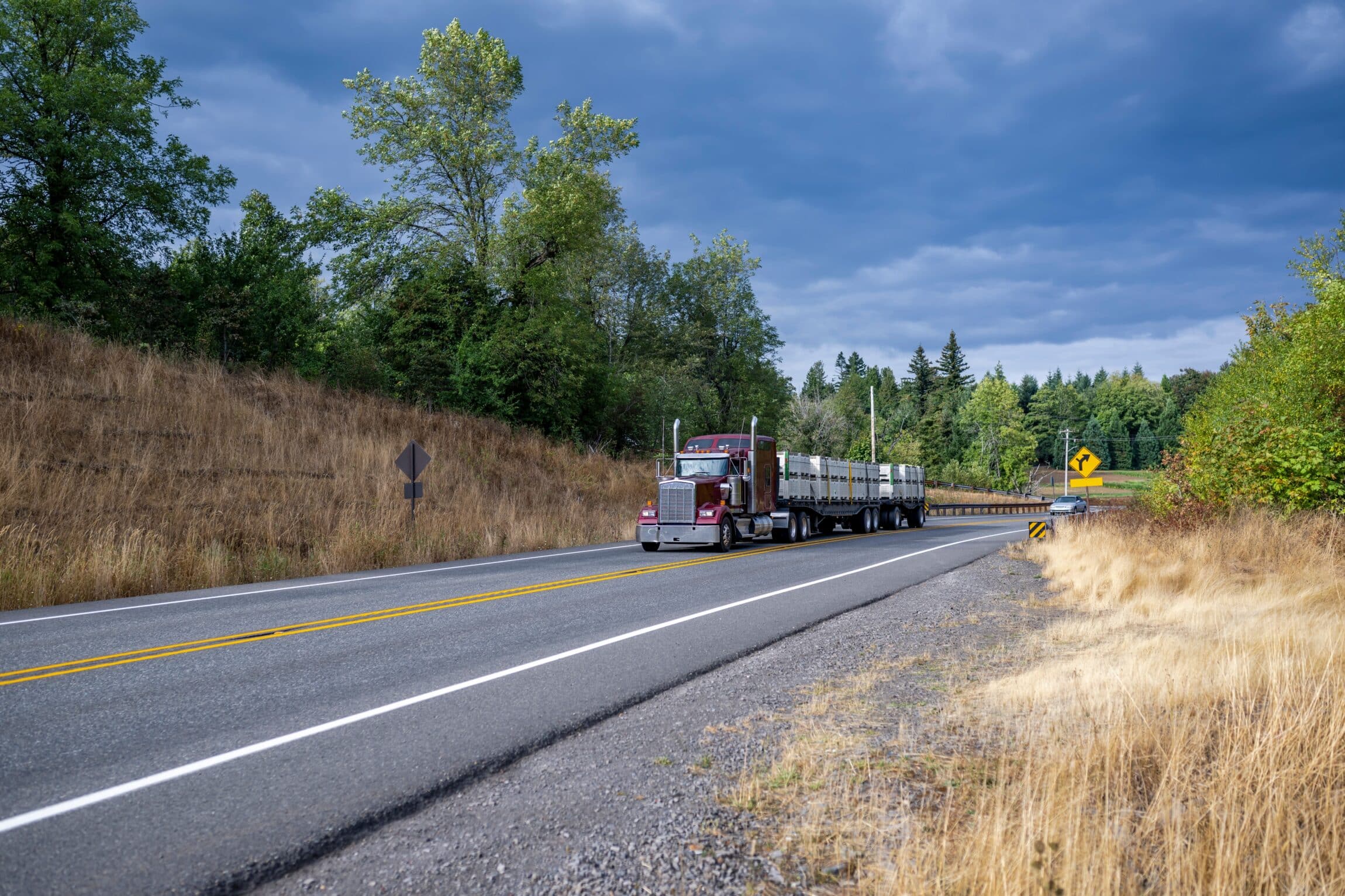
Conclusion
Choosing the right ELD affects your daily operations, compliance record, and overall efficiency. While all devices approved by Transport Canada meet minimum regulatory standards, usability, technical support, and total operating cost can differ greatly between providers.
Whether you’re transitioning from a difficult provider or choosing your first system, look for one with transparent pricing, reliable bilingual support, and flexible terms that let you switch if performance falls short. Always test the system before committing, and work with providers who understand Canadian Hours of Service cycles and cross-border requirements.
HOS247 offers a two-week trial with no long-term contracts, allowing you to evaluate their system risk-free. Their driver-friendly interface, seven-day support availability, and bilingual assistance make compliance easier for fleets and owner-operators alike.
Don’t settle for electronic logs that complicate your work. Take advantage of trial periods to find an ELD that keeps you compliant under Transport Canada regulations while simplifying your daily routine. Start your two-week trial with HOS247 today and experience how the right support and design can make your operations smoother and more efficient.

I’ve co-founded, built and managed several transportation-related businesses. Now, I’m a founder and CEO of HOS247 – an AI Transportation Platform for trucking companies, freight brokers and other logistics operations. We are transitioning old-style operations to technology-advanced logistics entities and help them to grow their businesses. ELDs (electronic logging devices), fleet tracking and management 2.0 combined with AI-powered dispatch tools.











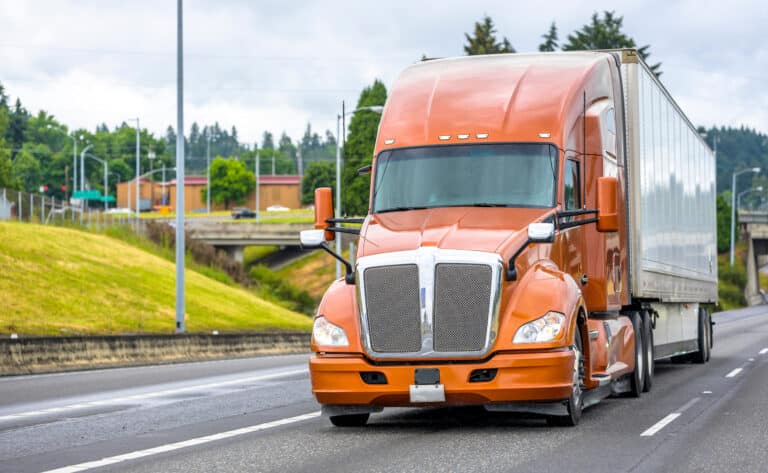
The ELD mandate will be fully enforced beginning January 1, 2023, and commercial motor vehicle drivers will be required to use electronic logs for their trucking operations. This legislation will affect around 157,500 commercial bus and truck drivers who keep
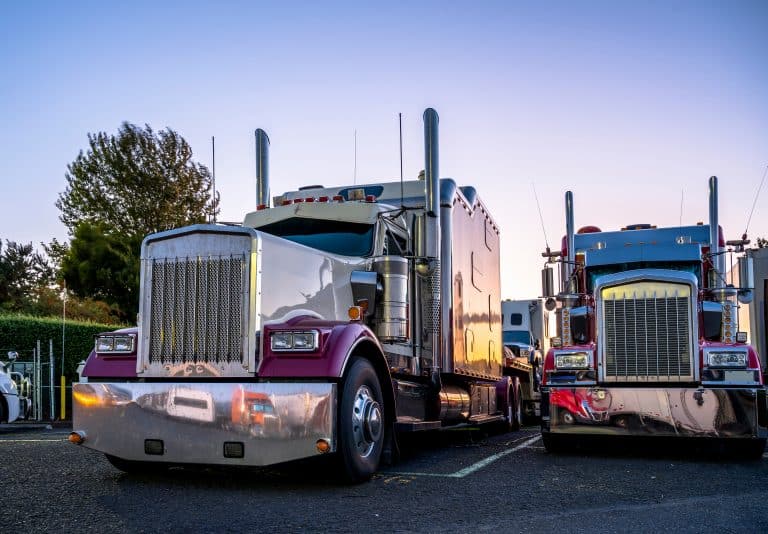
CDL driver log books are a vital tool for carriers and drivers. It is important to purchase the right ELD solution to make sure driving operations can carry on efficiently. So, which CDL electronic logbook should fleet managers and owner
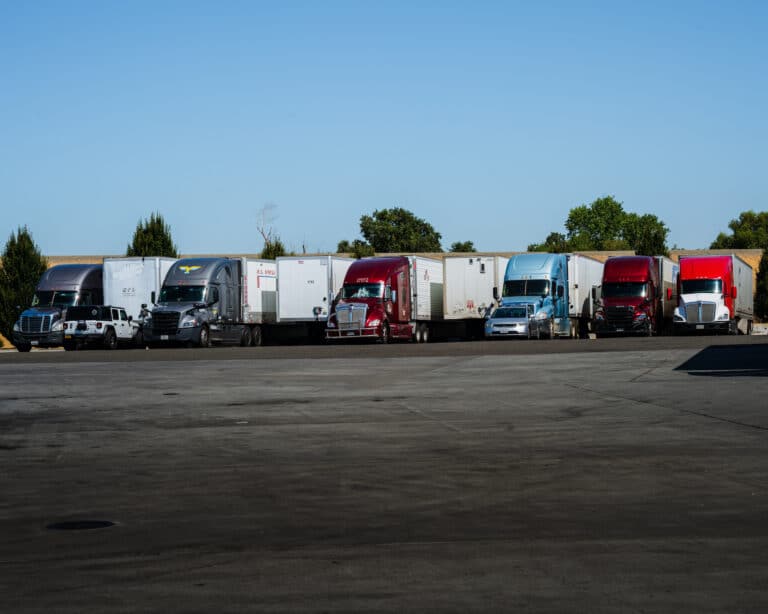
The trucking industry operates on tight schedules, narrow margins, and the need for maximum safety. In such a complex and demanding environment, having the right tools can make all the difference. One such tool is truck tracking software, powered by